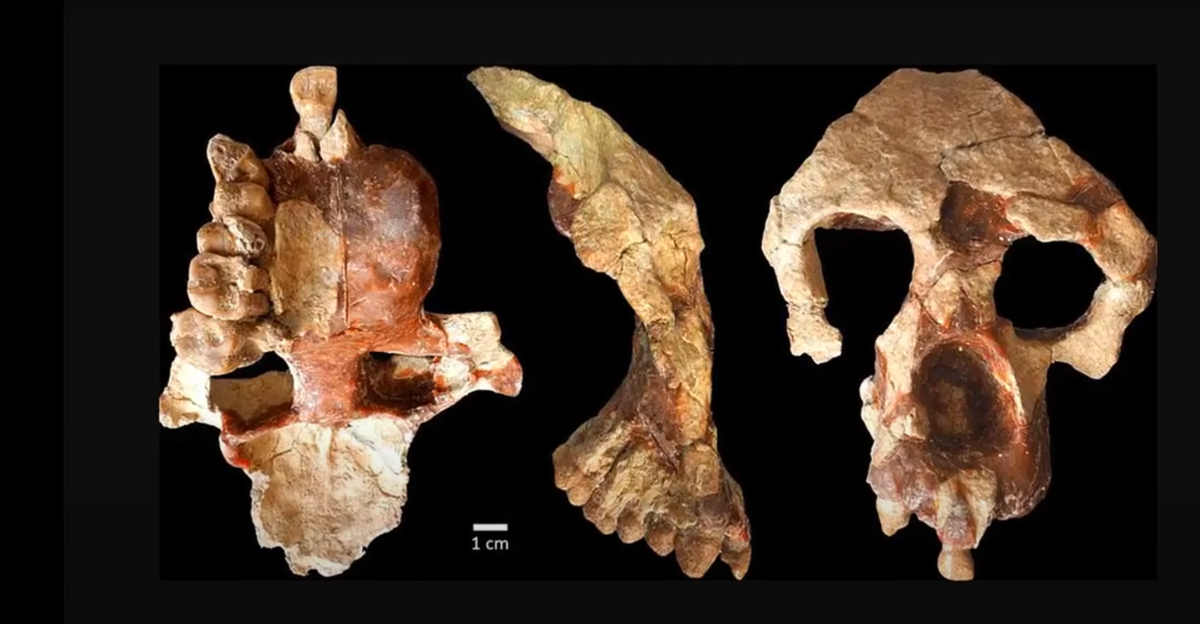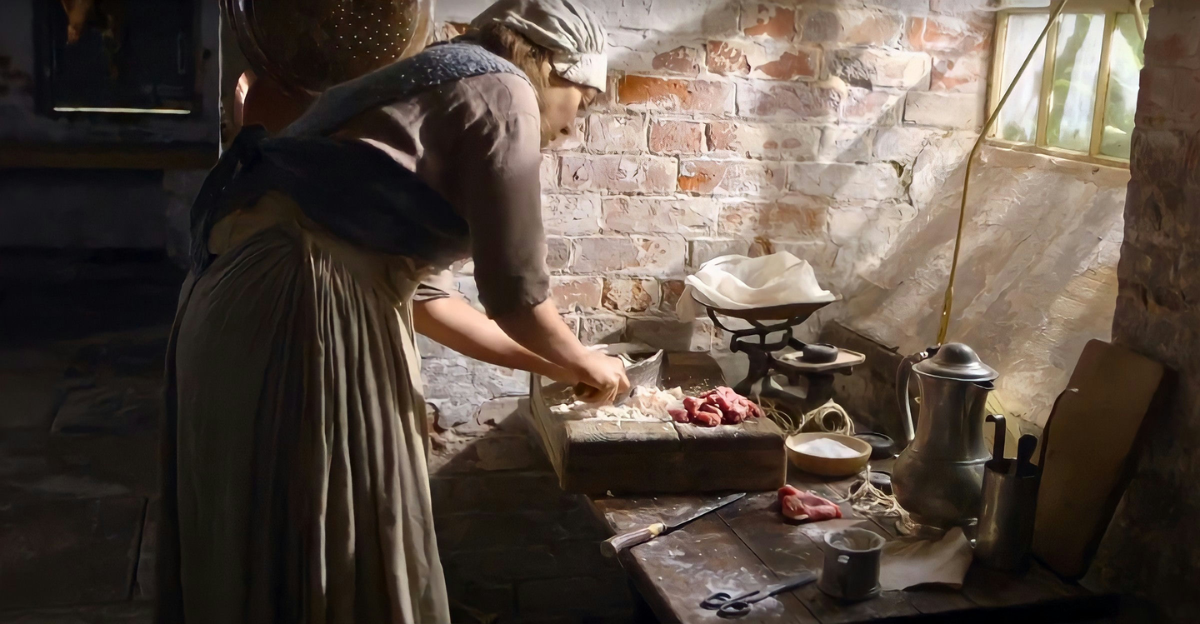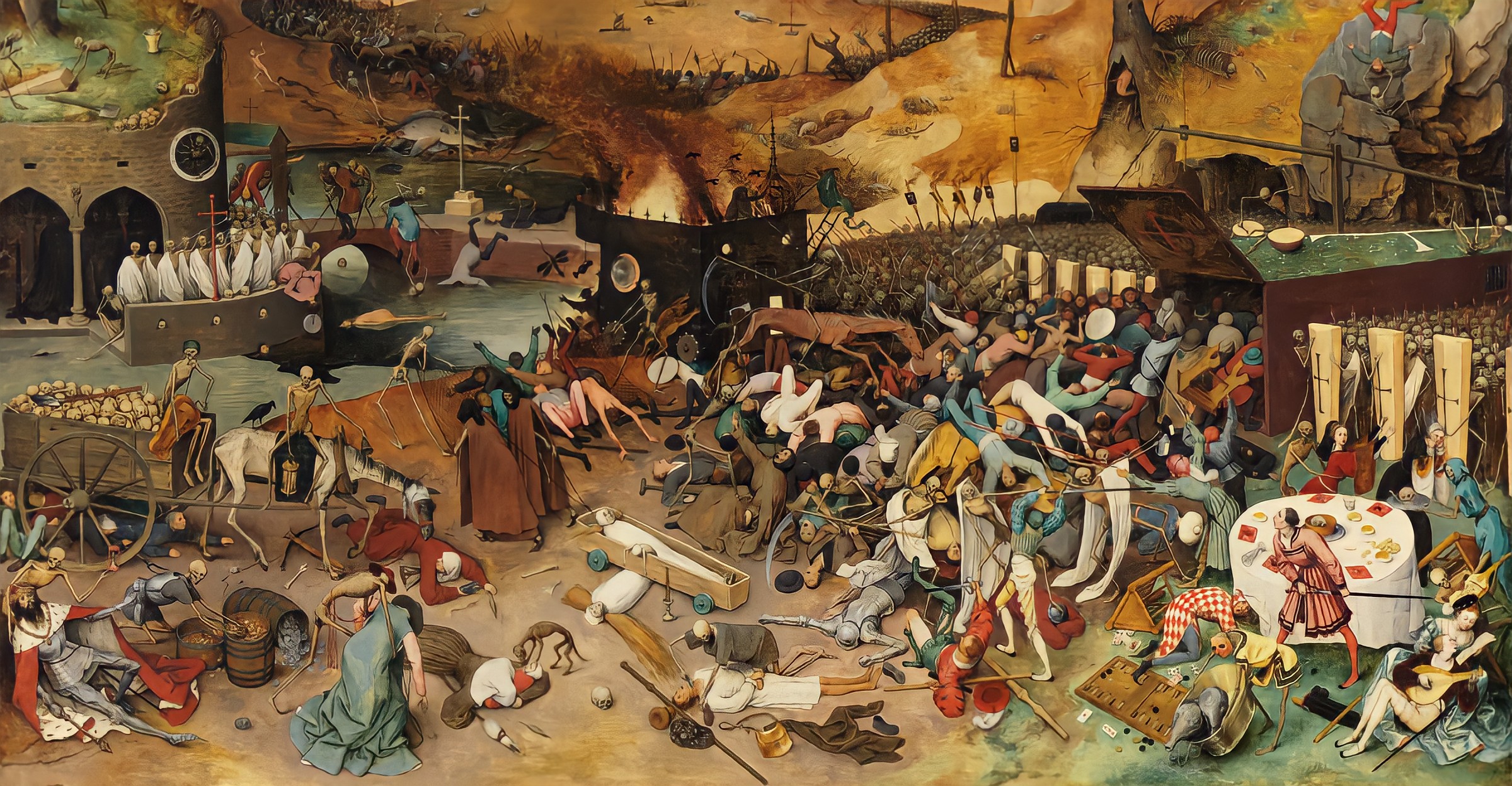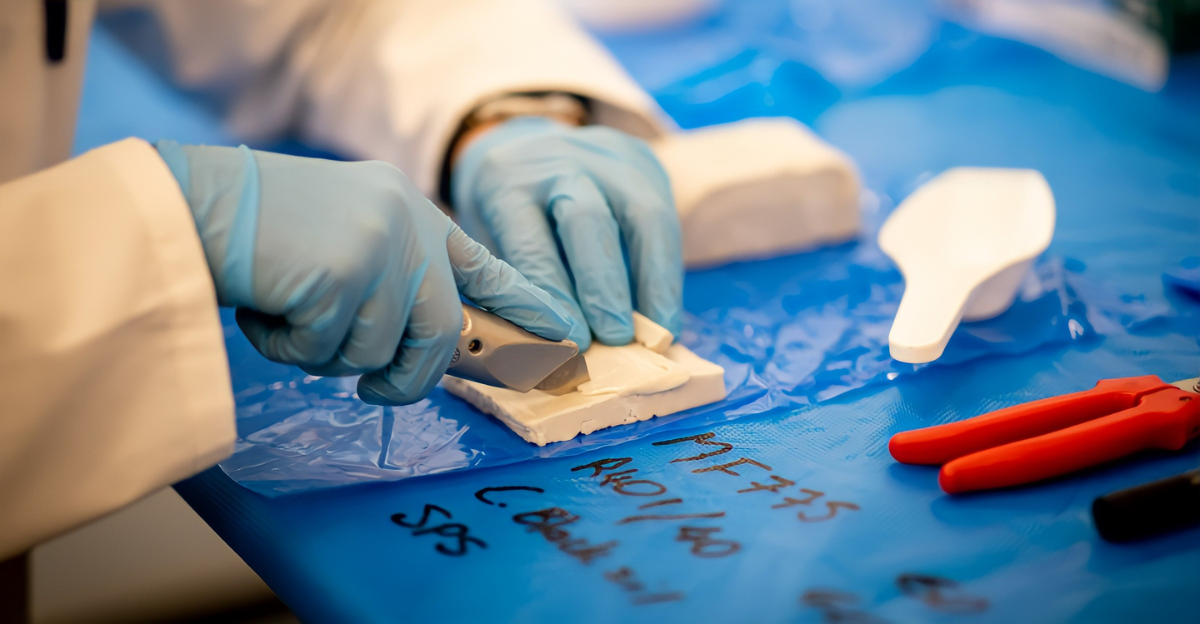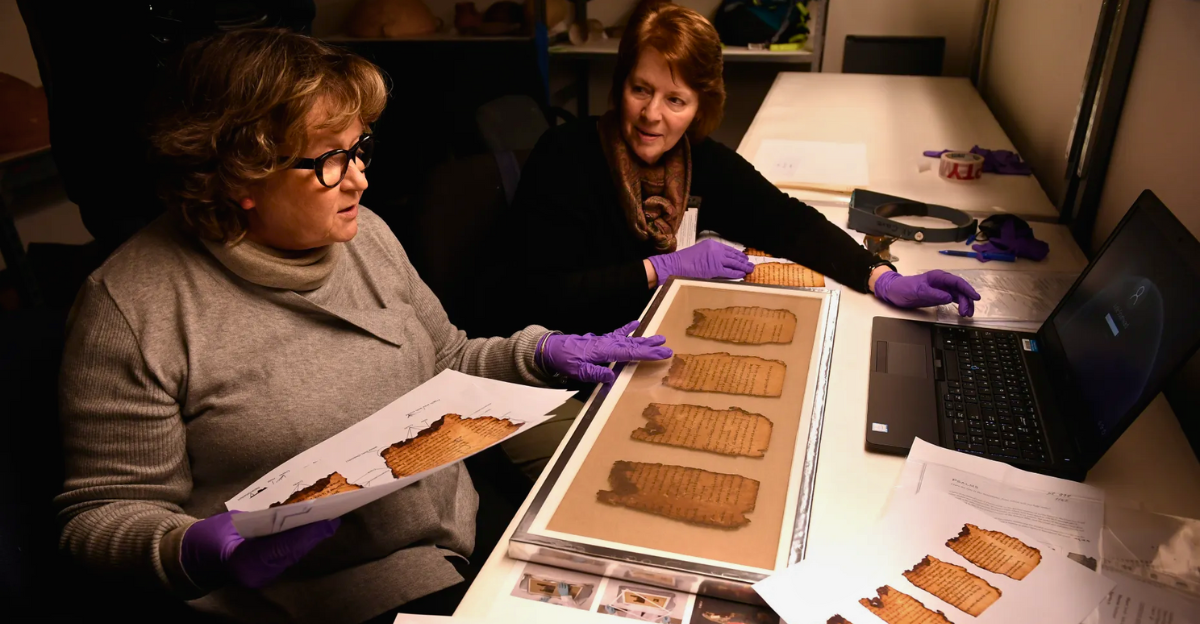
With constant technological advancements and research improving, timelines of what we think we know about the past are constantly changing, and this case is no different. Researchers have harnessed artificial intelligence, specifically the Enoch model, to re-examine the dating of the Dead Sea Scrolls.
They’re starting to think these scrolls might be much older than they initially thought. The main question on everyone’s mind is whether the research holds credibility.
The Dead Sea Scrolls
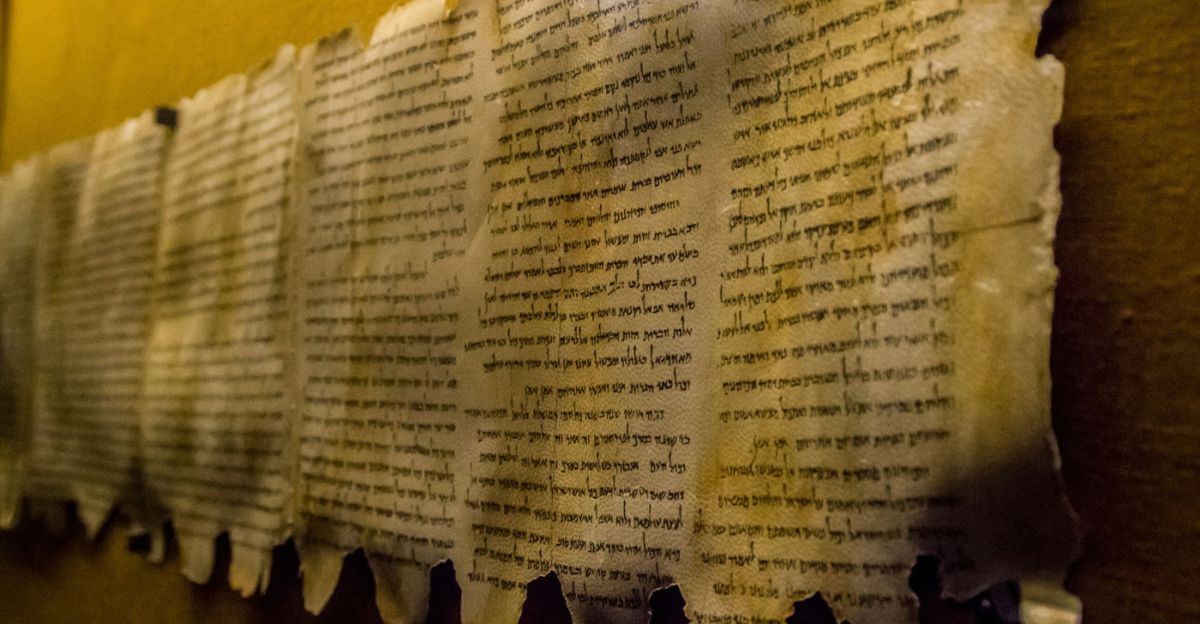
These scrolls are among the most extraordinary archaeological finds of the 20th century and are still admired today. Between 1946 and 1956, Bedouin shepherds exploring the caves near the Dead Sea at Qumran stumbled upon ancient jars containing meticulously preserved manuscripts.
These scrolls, written primarily in Hebrew, Aramaic, and Greek, date from the 3rd century BCE to the 2nd century CE and include biblical texts, community rules, prayers, and legal documents.
These scrolls have played a significant role in understanding religion as we know it today, and they still surprise us daily.
Challenges of Dating Ancient Manuscripts
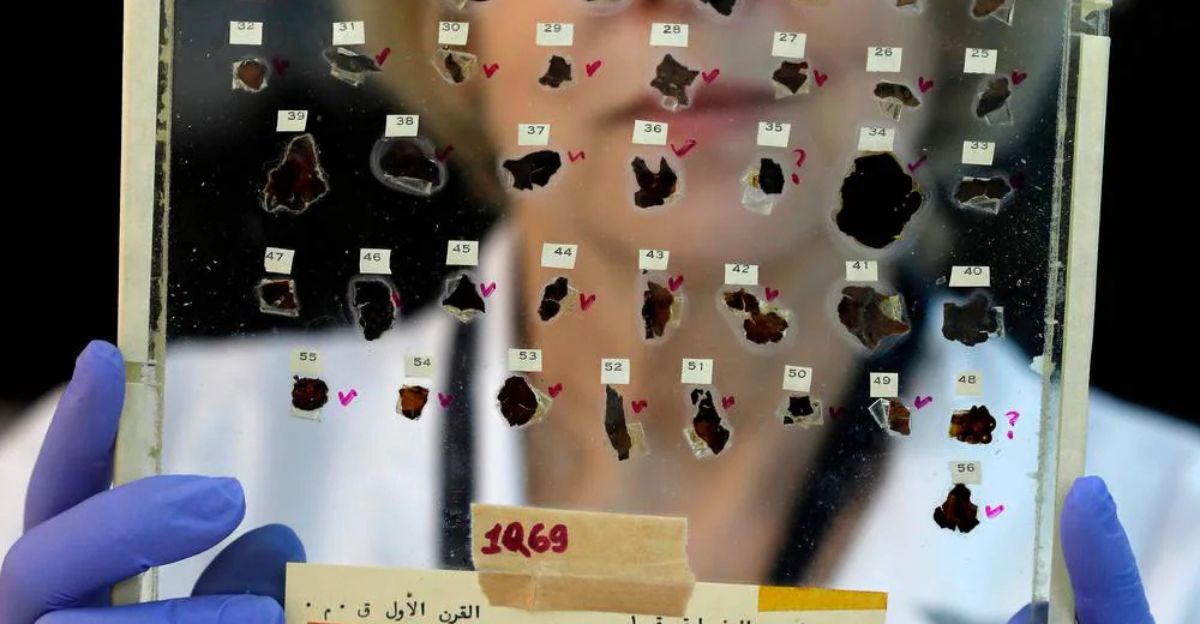
Paleography, the study of ancient handwriting, has been one of the only ways of dating these scrolls for as long as time can tell. However, this method is inherently subjective, often resulting in conflicting opinions and broad date ranges.
Radiocarbon dating is another way to date these scrolls, but their accuracy is often questioned. This process requires the destruction of small manuscript samples and can be affected by contamination or preservation issues. These challenges have forced researchers to find an alternative approach that will give them accurate dating without destroying the scrolls.
The Birth of the Enoch AI Model
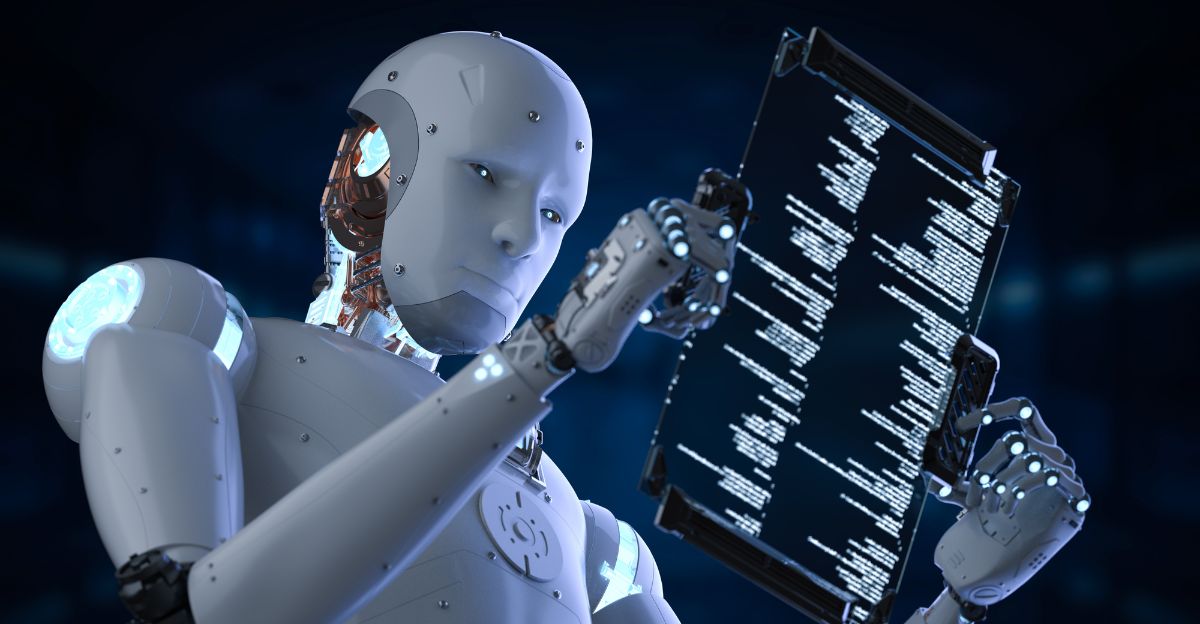
In an international effort led by Dr. Mladen Popović at the University of Groningen, researchers created the Enoch AI model to help date manuscripts. It has always been unclear exactly how old these scrolls are, but this AI model was developed to determine these dates better.
Named after the biblical figure associated with wisdom and ancient knowledge, Enoch evolved from an earlier neural network called BiNet, which was designed to analyze handwritten ink patterns at a microscopic level. The new model was trained using a carefully curated dataset of 24 radiocarbon-dated Dead Sea Scroll fragments, allowing it to learn the subtle changes in handwriting styles across centuries.
How Enoch Works
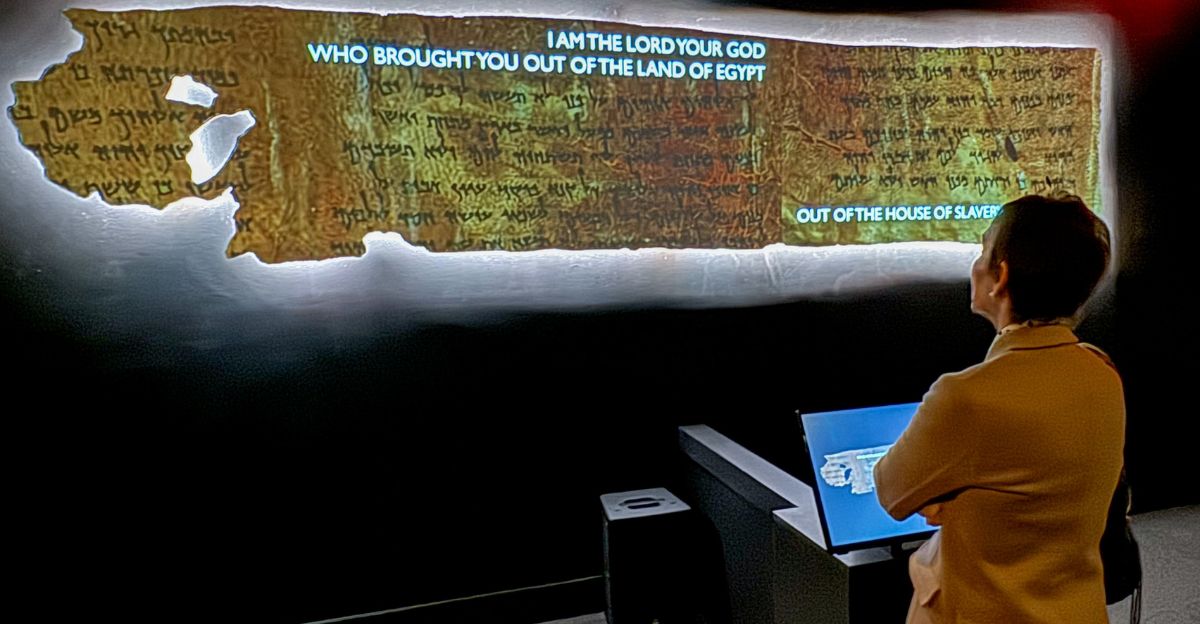
Once trained, Enoch applies Bayesian ridge regression to analyze geometric features of the script, such as letter angles and allographic shapes. He cross-references these with radiocarbon data to predict manuscript dates. Enoch can often provide a narrower date range than radiocarbon dating alone, achieving accuracy within 30 years and offering realistic age estimates for manuscripts without destructive testing.
“There simply were no securely dated Hebrew or Aramaic manuscripts from the late Hellenistic era against which to compare,” explained Prof. Mladen Popović, director of the Qumran Institute at Groningen. “Our approach bridges that gap using 24 radiocarbon-anchored examples to give an objective timecode for handwriting styles.”
Testing the Model
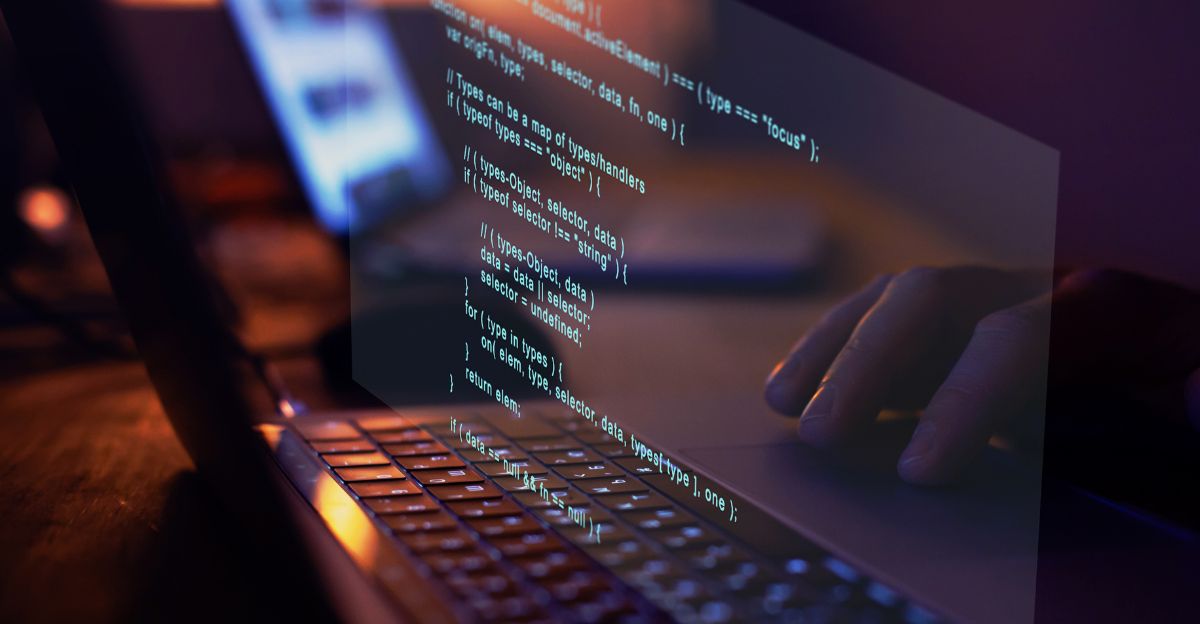
This model had to be tested over and over again to make sure this AI model works exactly the way it should. The model was initially trained on a carefully curated set of 24 Dead Sea Scroll fragments that had undergone radiocarbon dating, allowing Enoch to learn the nuanced relationships between handwriting features and manuscript age.
For validation, the team used cross-validation techniques, including splitting the dataset into training and test sets and leave-one-out validation, to assess how well the model generalized to unseen data. Enoch accurately predicted the age of manuscript fragments 85% of the time when compared to radiocarbon results, and its predictions for undated scrolls were deemed realistic by expert paleographers in 79% of cases.
A Surprising Find
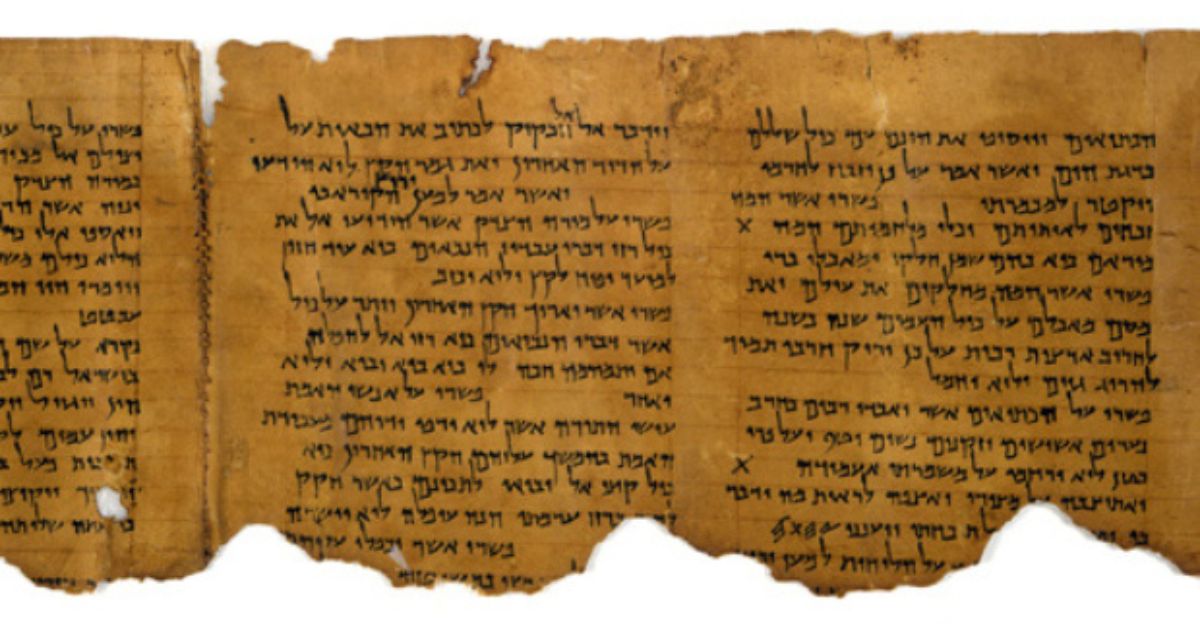
Many scrolls, previously dated to the late second or early first century BCE, are now estimated to be as much as 50 to 150 years older than once believed. Specific biblical scroll fragments, such as those from the Book of Daniel and Ecclesiastes, have been dated to within the lifetime of their presumed authors.
“We have opened a new door into the ancient world, like a time machine,” said Popović. “It allows us to study the hands that wrote the Bible, especially now that we have established, for the first time, that two biblical scroll fragments come from the time of their presumed authors.”
Implications for Script Styles and Historical Narratives
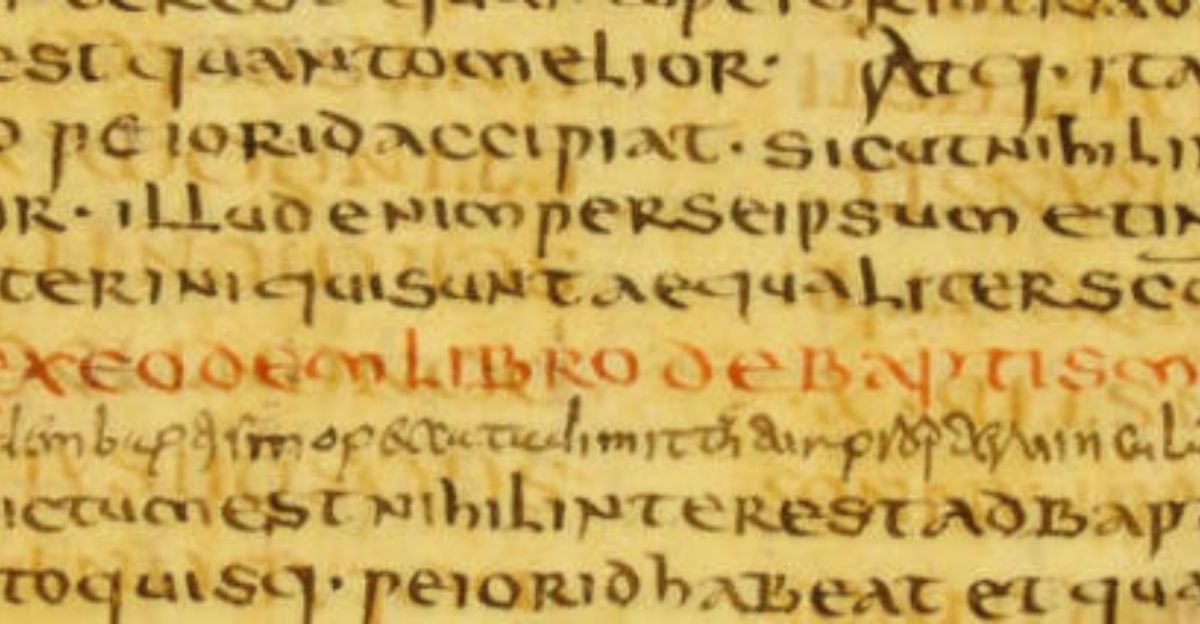
Previously, scholars categorized Dead Sea Scrolls into distinct script styles, like the Hasmonean and Herodian, believing these reflected clear historical periods dominated by specific ruling dynasties. However, Enoch’s findings reveal that these script styles overlapped for much longer than previously thought.
“Scholars in the field will now have to rethink historical reconstructions and models they have made of the people behind the Dead Sea Scrolls, and also broader historical developments in the ancient Mediterranean when it comes to empires like the Seleucids in Syria or the Ptolemies in Egypt, and then Judea with the Hasmoneans and things like that,” explains Popović.
The Future of Manuscript Dating
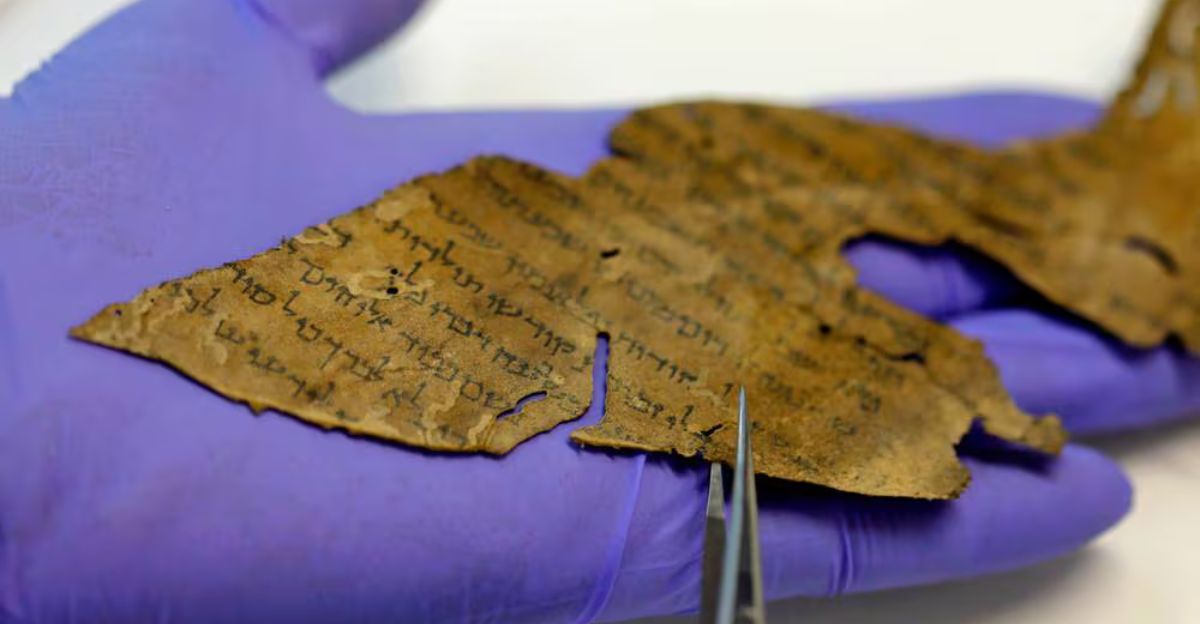
Looking ahead, the continued development of explainable, transparent AI tools like Enoch, alongside improvements in non-invasive imaging and machine learning, promises to make manuscript dating more accessible, reproducible, and widely applicable to other historical and cultural contexts.
“Within a few decades, we could use this model to date more than a thousand additional scroll fragments,” said Popović.
A New Chapter in Ancient History
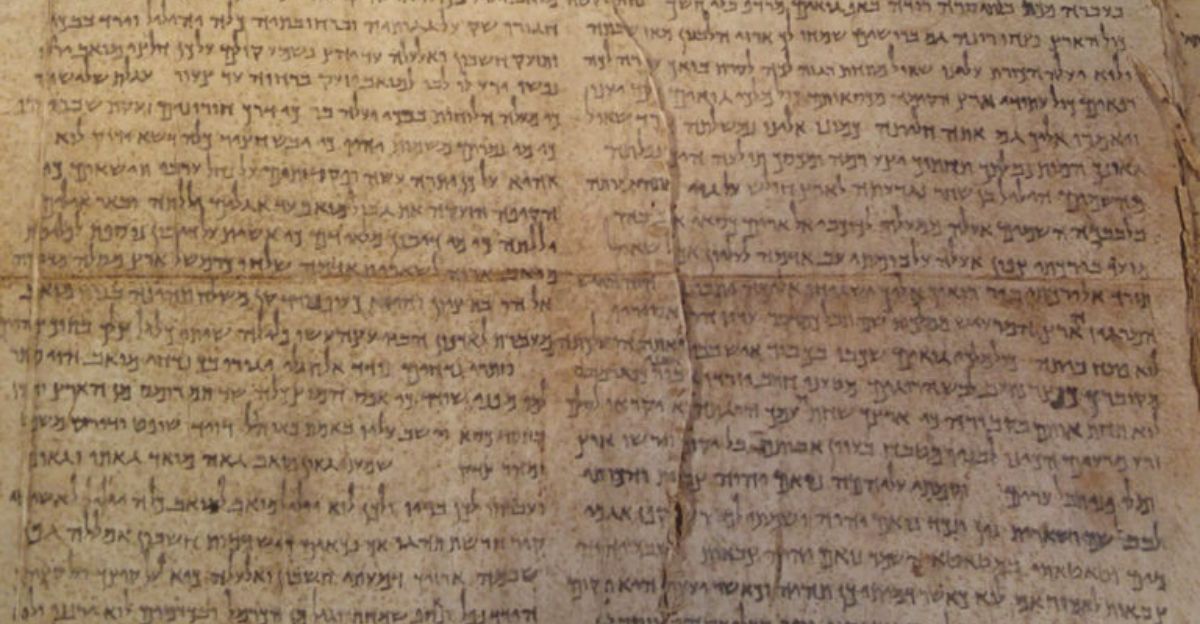
The ability to date texts with unprecedented precision provides a clearer, more nuanced picture of the intellectual, religious, and social landscapes of antiquity. “We have two biblical scrolls that are now dated contemporaneously with when we think that the author was actually writing, and that’s very exciting because then you really are in the same vicinity temporarily with the hands that wrote the Bible,” says Popović.
Technology is ever-changing, and these changes will benefit research in the years to come. Technology is only getting better, and we will see so much more in the years to come.

